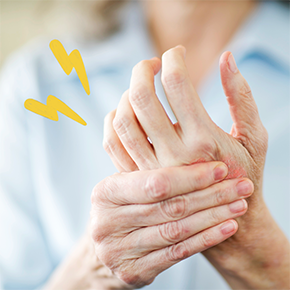
Skin, Muscle and Joint Problems from an Acupuncture Point of View
Chinese Medicine was created during ancient times, around 200 B.C. The ancient world was very different from the technological world we live in today. Medically, there were not machines and tests to look inside of the body and observe tissue cells. Yet, ancient doctors were still able to assess form and function within the internal body. They knew when a organ had diminished in function or underwent tissue damage or was dealing with a virus or bacterial agent, without the use of blood tests, x-rays or cat scans.
How were the ancients able to “see” inside the body without fancy machines to rely on? Did they have x-ray vision? Were they psychic?
The great minds responsible for the development of Chinese Medicine observed that there were ways to assess internal body function without cutting into or looking inside the body. The outside of the body acts as a mirror for the inside in many astounding ways. One can tell a great deal about the internal body simply by observing a person’s complexion, tongue and pulse.
The ancient Chinese created seemingly simple diagnostic tools to get a sense of what was happening inside the body. It is often stated within Chinese philosophy that the greatest sophistication can often be found within the simplest things.
I’ve written about the pulse in prior articles. Today I wish to explore the skin, muscles and joints as indicators of issues within the internal body.
The skin is one of the best ways to gain clues as to what’s going on inside the body. Eczema, psoriasis, acne, rashes, a sty, hemorrhoids and swellings often are the result of something going awry within the deeper aspects of the body. The internal organs “vent” inflammation outward: into the skin and sense organs. Muscle problems, joint aches and pains are also indicative of deeper issues within the body that are “calling out” for attention.
The internal organs are the most important part of the body; when they are damaged life is threatened. Therefore, the body will do its best to protect them, often siphoning pathology from the organs to less essential aspects of the body, such as the skin, joints, muscles and sense organs.
What we may think of as a “local problem” may actually be coming from a deeper place. For example, frequent urinary tract infections are often the result of mental-emotional strain on the heart. The heart is seen as one of the most important organs. Therefore, it will not tolerate inflammation coming from stress or other pathology. It siphons its inflammation into the small intestine, which drains it out the bladder. The inflammation showing up in the bladder is rooted in the heart, and will not be fully resolved until the heart is treated.
Joint pain is another example of organs displacing problems. The joints are common storage areas for pathology in the body. When an organ is faced with a threat, be it bacterial, viral or fungal, and it lacks the ability to discharge the microbial agent through the sweat, urine or bowels, it has no choice but to store it somewhere in the body. Storing the pathogens in the organs themselves is far too risky, as they may begin to damage organ tissue and interfere with organ function, leading to major problems. So, the organs often store pathogens in the joints. Anything being stored over time within the body will create inflammation. Stasis and storage naturally leads to heat build-up. Heat consumes blood, fluid and tissue. Therefore storage will eventually lead to pain and degeneration. Once the holding area is sufficiently damaged, it will no longer be able to hold onto the pathology, and it will be released back to the organ. The organ will have no choice but to deal with the pathology and the major problems it will create.
Problems on the skin can give clues as to the type of problem affecting the body. The skin and sense organs are the most common areas for the internal organs to vent inflammation. Within Chinese Medicine, inflammation is commonly seen as the body’s immune response to “foreign invaders” such as viral, bacterial or fungal pathogens. The immune system is heat-based; fever is the body’s natural way of eradicating microbial agents. Heat naturally rises and diffuses: going up and out. Therefore, the immune system will vent to the skin and head when faced with an internal challenge.
Skin conditions that are level with the skin and show a change in color or texture are indicative of “wind” pathogens; they can also be itchy. Those that are swollen, or filled with fluid are “damp” pathogens; and finally those that have hardened are coming from “heat” pathogens; they are usually also red. Each of these climatic metaphors can be associated with a Western microbial agent: viral, bacterial and fungal.
Skin conditions can come from allergies to the external environment. However, this is not always the case. Think of common reactions to food allergies: the immune response to the allergen, which is seen as a foreign invader can show up on the skin, sometimes as acne, or itchiness, redness or even swelling.
Swollen gums, a sty on the eye, polyps in the nose and hemorrhoids are also indicative of pathology that is venting to the exterior from the internal body. To fully eradicate the problems showing up on the external body, the dysfunction within the internal body must be addressed. The immune system must be strengthened to allow the body to fully discharge whatever is lingering within.
Inflammation is a sign of an immune reaction, indicating there is something within the body that is causing a challenge. It is common within Western Medicine to give drugs to clear the inflammation, which is essentially stopping the immune response of the body. These treatments do very little to resolve the condition: they simply keep the body quiet and stop the symptoms. In my opinion, if this is the extent of the treatment for the inflammatory condition, it is dishonoring the body.
The inflammatory response is twofold: it vents some of the excess pathology or tension building up from heat. It also warns us that there is something going on within that needs to be addressed. To simply clear the inflammation is like someone who is living a highly stressful lifestyle that is damaging his body who deals with the problem by taking a valium. The drug may “take the edge off” and provide temporary relief, but it is doing nothing to address the underling problem: the stressful lifestyle that the person may say in jest “is killing” them.
Acupuncture is a system of medicine that honors the body and its immune response. When I treat someone, I treat them systemically. I don’t just focus on taking away the symptoms: they will go away as the internal root of the problem is eradicated. Otherwise, the problem will continue to return. The symptoms are there for a reason: to either help the body deal with an internal problem that is building up, or to remind us that we have to make a change and place more focus on our own healing.
Some of us feel we are just “too busy” to deal with the problems in our bodies. We just want the symptoms gone, so we can go on with our hectic lives. I respect this. I tell patients with this type of mindset the truth of what I see, and the risks of not dealing with “lowgrade” issues. To the ancient Chinese, a “lowgrade” issue was seen as the most dangerous type. It is a ticking timebomb, building up, getting ready to explode and cause major problems. When the condition eventually comes out of its “lowgrade” state, it can be devastating, and at its endstage. This is why I stress the importance of dealing with “lowgrade” issues, instead of clearing symptoms through anti-inflammatory or steroid drugs.

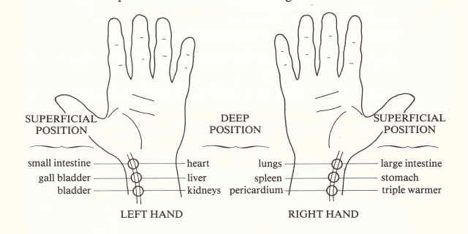
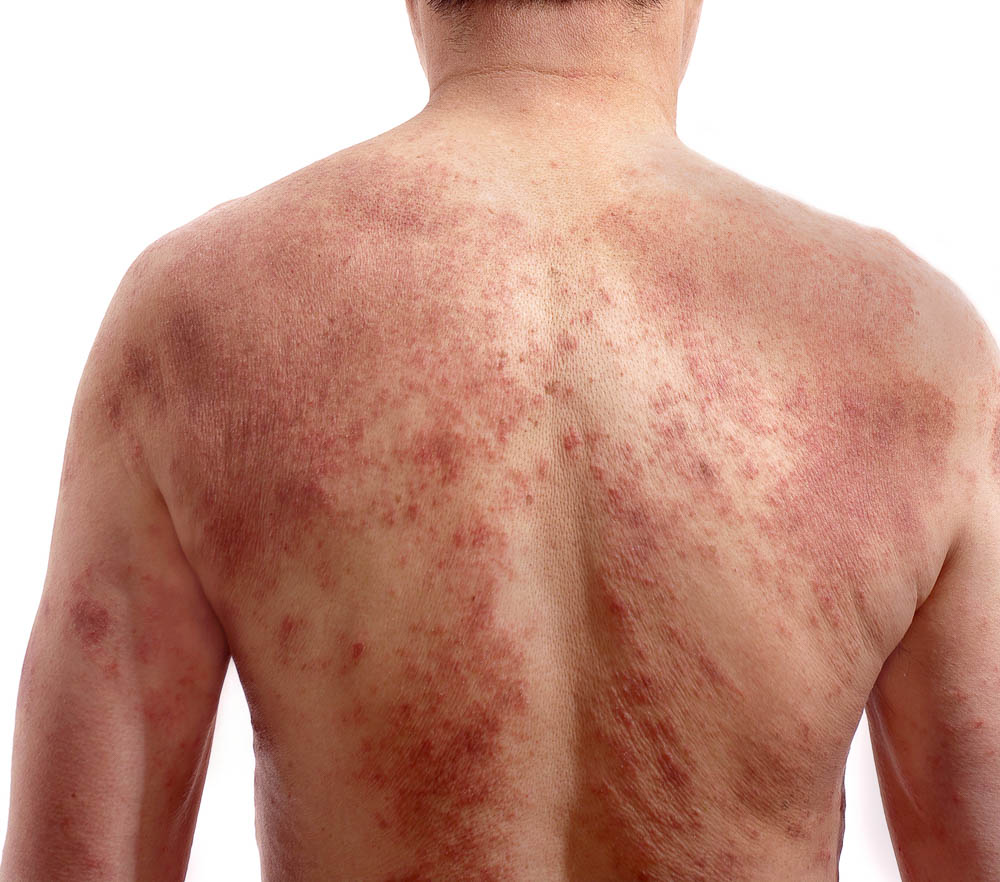

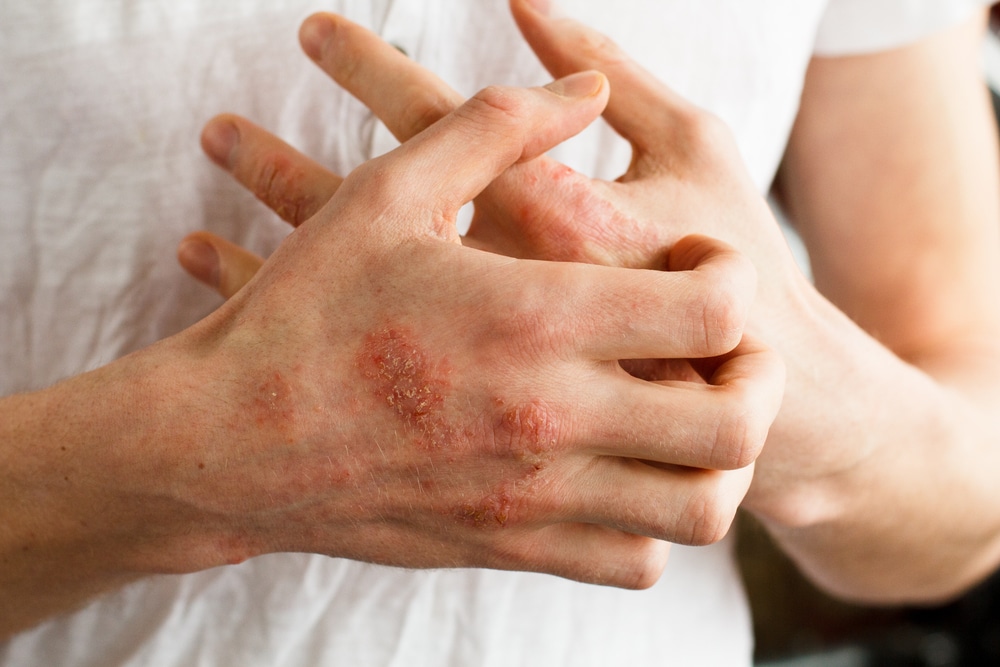
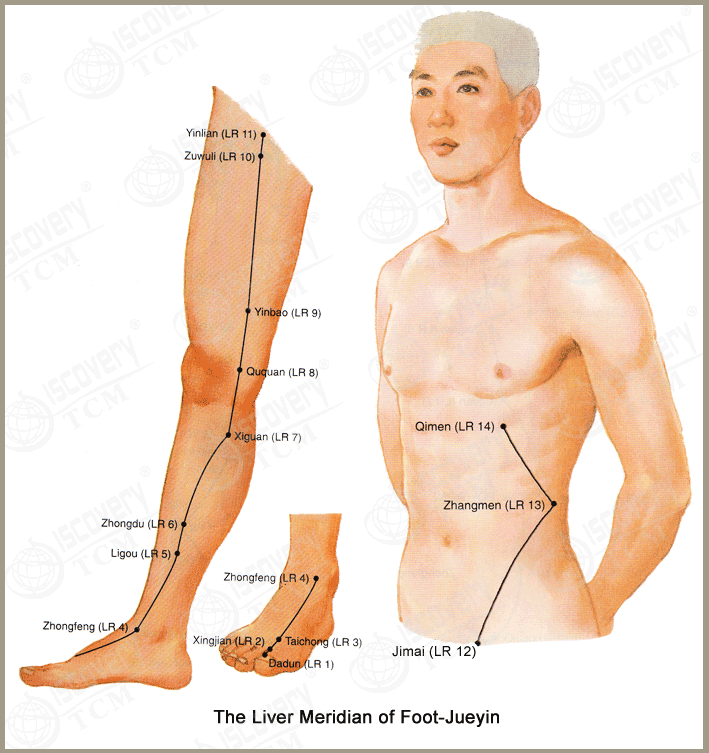
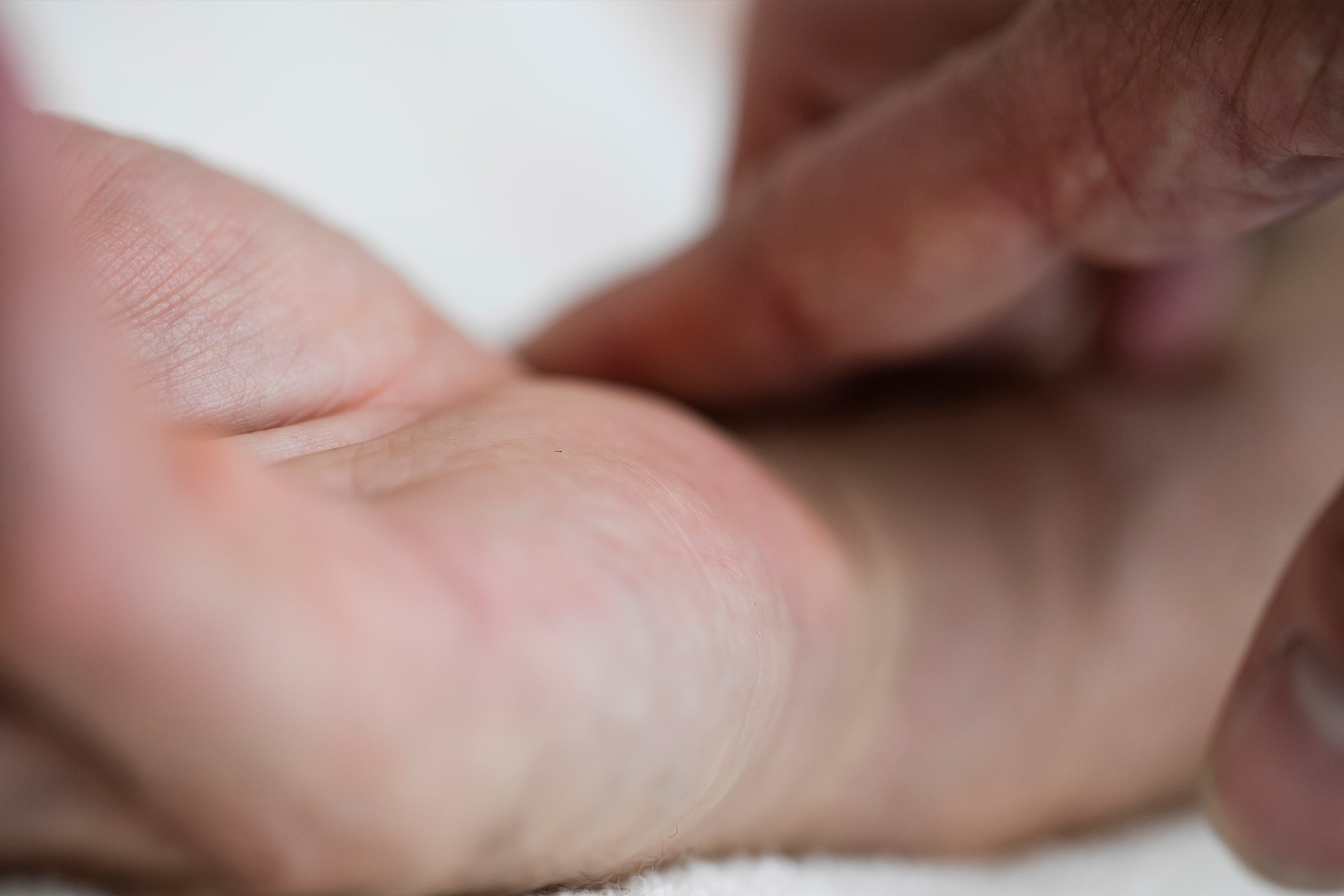


No Comments